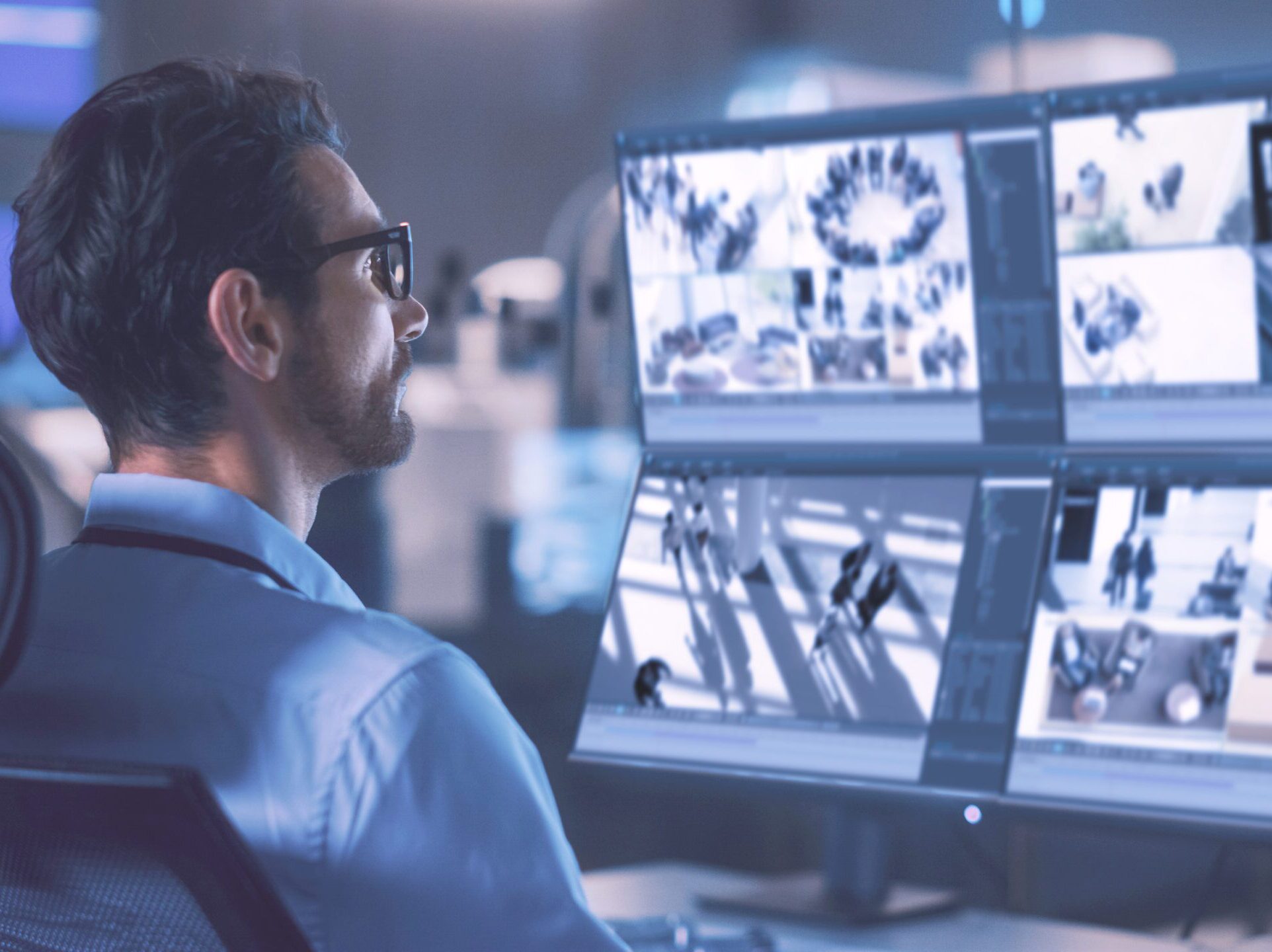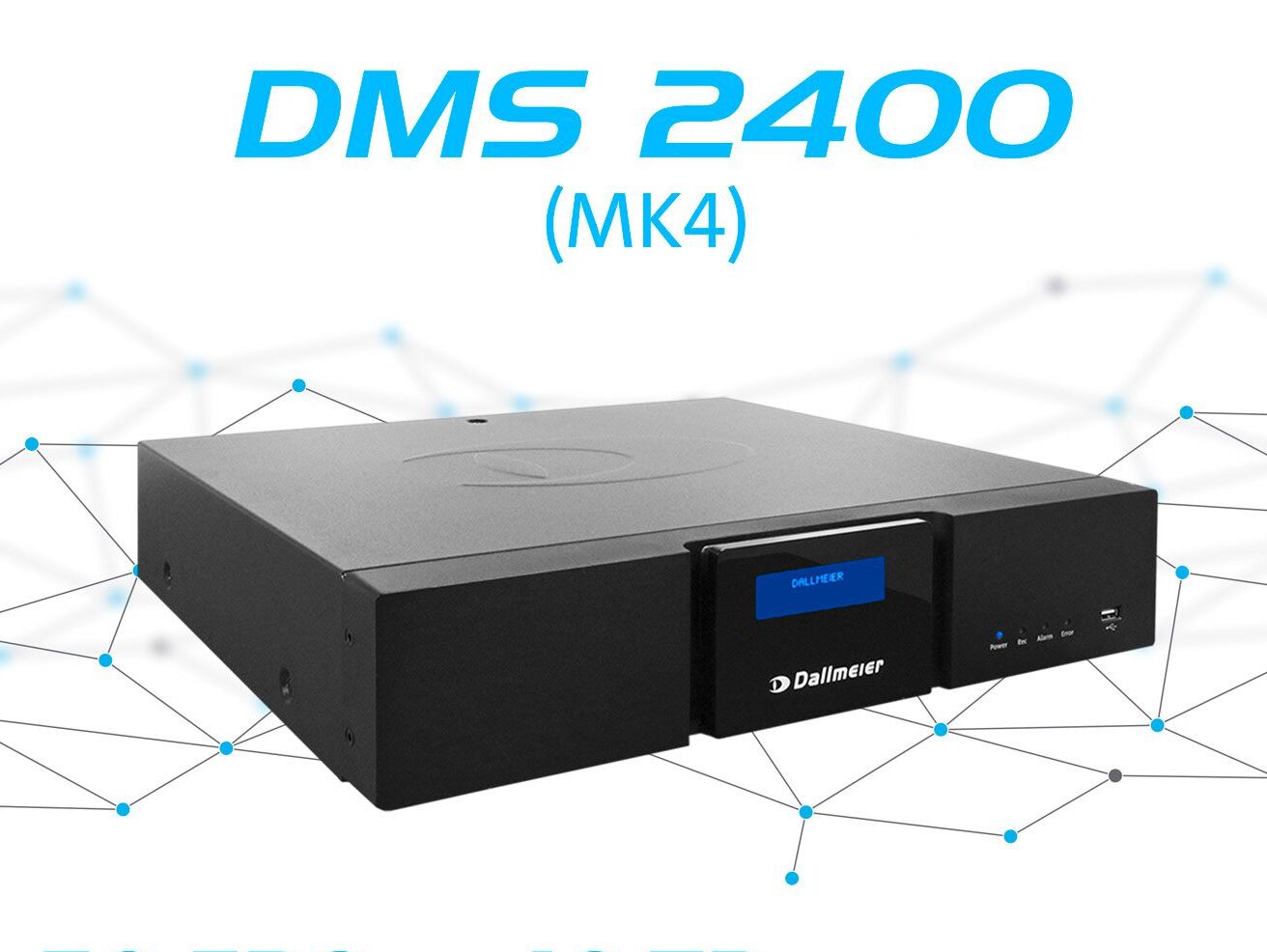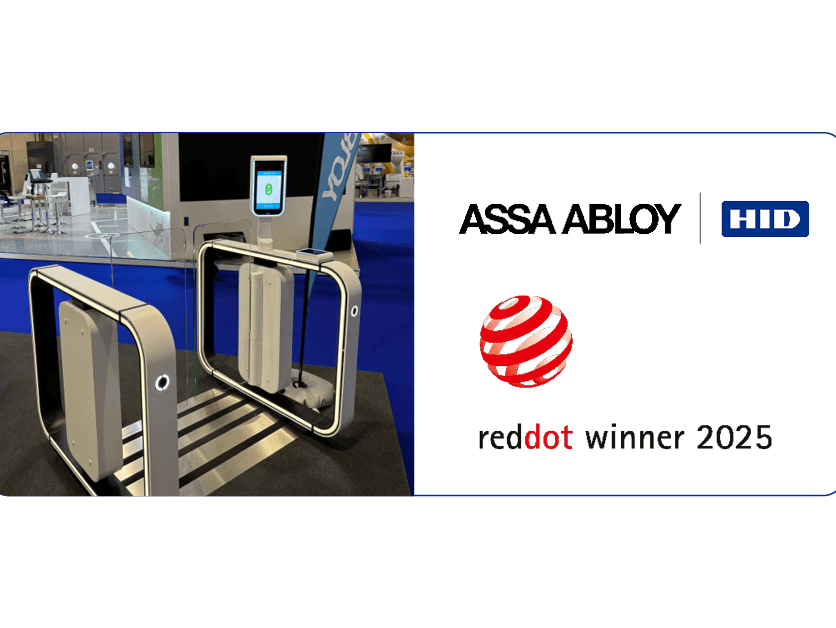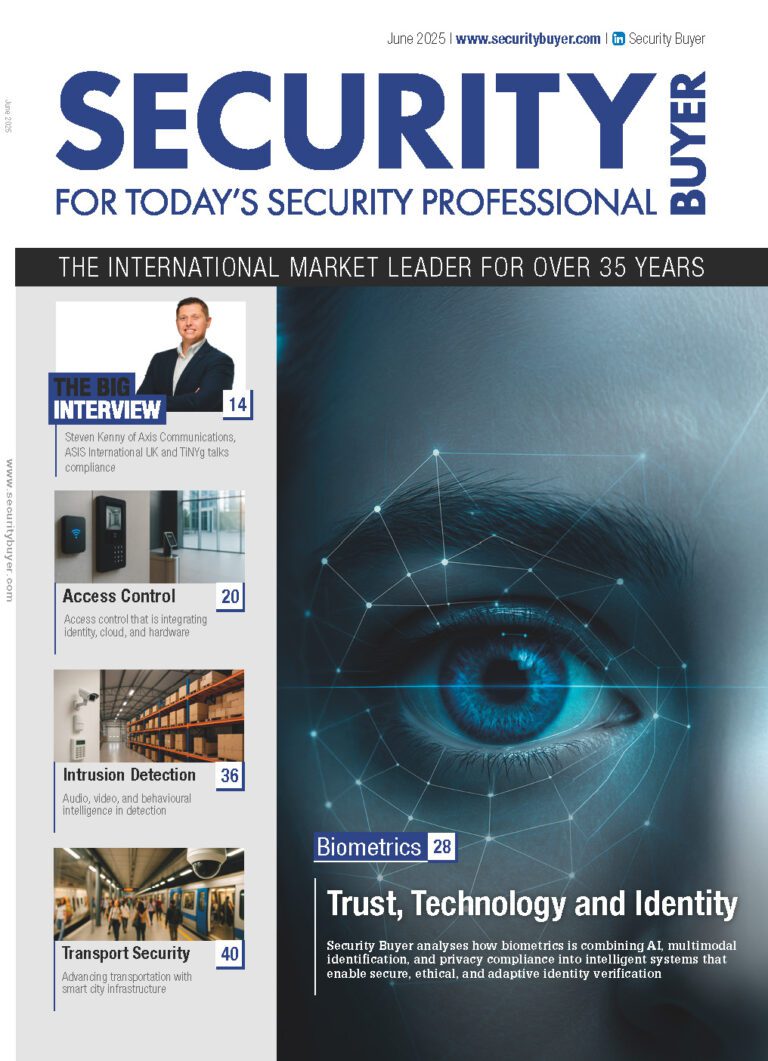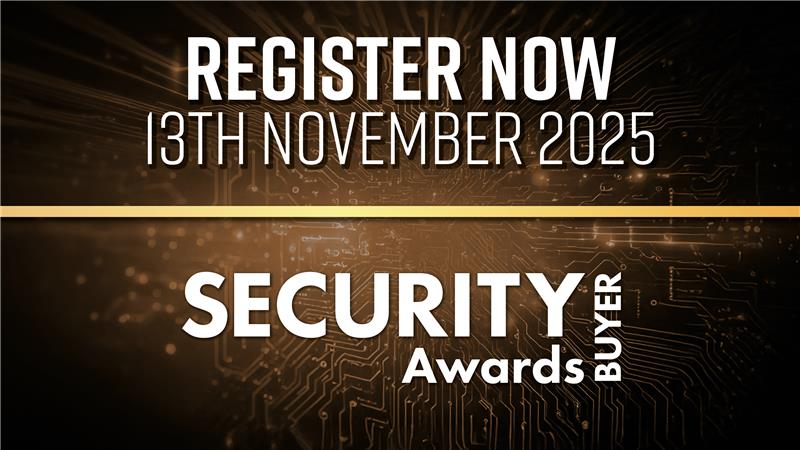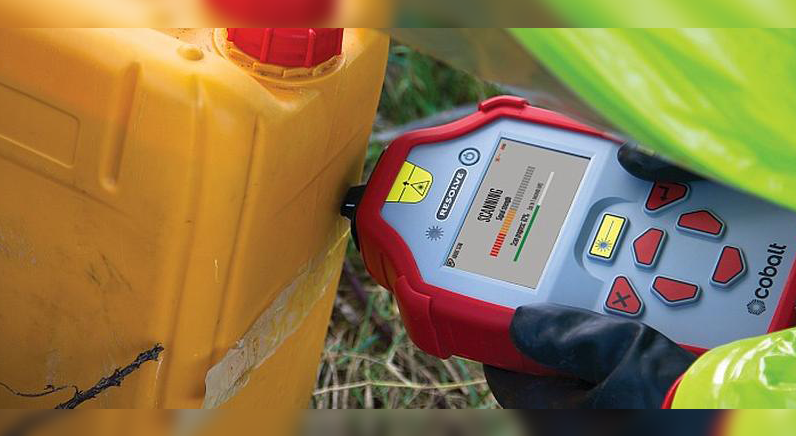Cobalt’s Resolve enables through-barrier chemical ID for improved safety
Hazmat, explosives and narcotics ID through sealed, opaque containers – a new capability in Handheld Raman.
Handheld Raman-based chemical detectors have been used for identification of unknown chemicals for more than a decade. One of the main advantages of Raman-based devices over other technologies is that they can be used to identify unknown chemicals contained in thin, transparent bottles and bags, without opening the container. However, the scope of previous generation detectors is limited because they cannot identify samples contained within operationally-relevant thick, opaque or coloured packaging. When this real-world scenario is encountered containers must be disturbed so a sample can be collected. This increases the risk to the operator and the public from chemical exposure, detonation or deflagration, and decreases operational efficiency.
Cobalt’s through-barrier SORS technology is already deployed at airports across the EU, Asia and Australasia as the engine in Cobalt’s Insight™ range of liquid explosive detection systems. Having now developed a handheld Spatially Offset Raman Spectroscopy (SORS) device, Cobalt has introduced a game-changing detection technology, with through-barrier ID now helping to improve the safety and efficiency of hazardous material operations everywhere.
Resolve uses Cobalt’s handheld SORS technology to quickly identify hazardous and contraband materials inside unopened opaque containers such as coloured plastics, dark glass, paper, card, wrapping, sacks and fabrics. The system identifies substances from comprehensive libraries including explosives & precursors, toxic industrial chemicals, chemical warfare agents, narcotics & new psychoactive substances, as well as household chemicals.
Resolve enables operators to quickly identify a container’s contents without compromising the integrity of the packaging, thereby keeping the hazard contained:
• No risk of unknown material release – improves operator and public safety and reduces any potential environmental impact due to spillage.
• Time spent in the hot zone (in protective gear) is reduced or used more efficiently – taking samples of unknown materials is not needed so time spent by operators in level A PPE can be kept to a minimum.
• Unknown materials are identified quickly meaning first responders can make more informed decisions early in an operation, prior to escalation.
The system is fast, accurate, ruggedised and simple to use. The user simply chooses the container type and the system then determines which measurement mode to use; Through-Barrier, Surface Scan or Vial Holder. Through-Barrier measurements take about 1 minute (or less in other modes of operation), with no sample preparation or consumables needed. Surface Scan mode is for ‘point-and-shoot’ measurements where there is direct line-of-sight to the sample (similar to conventional handheld Raman devices). Vial Holder mode can be used when a small sample has been taken.
Resolve works with a wide variety of container types including coloured plastic fuel cans, clear and coloured glass bottles, envelopes and sacks. The system can also identify materials through multiple layers of packaging, e.g., an unknown white powder in a coloured plastic pot inside a sealed padded courier envelope.
Resolve is available now. For more information email Cobalt Light Systems via [email protected].
[su_button url=”https://www.securitynewsdesk.com/newspaper/” target=”blank” style=”flat” background=”#df2027″ color=”#ffffff” size=”10″ radius=”0″ icon=”icon: arrow-circle-right”]Click here for more stories like this from the Security News Desk Newspaper[/su_button]

